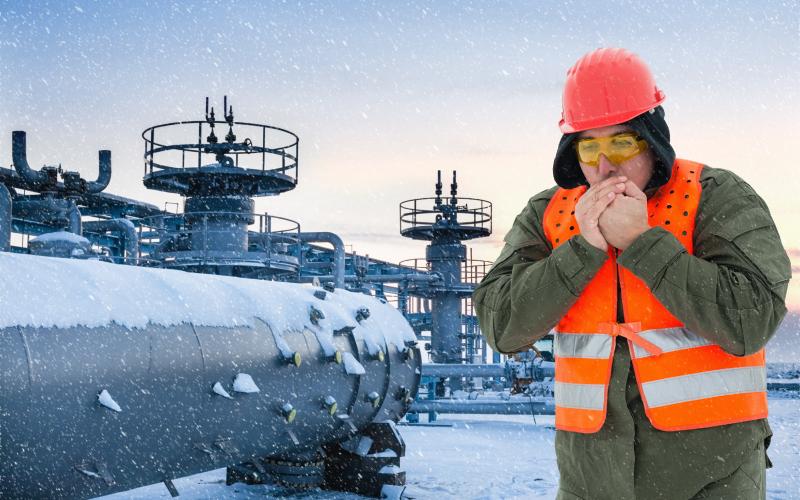
Safeguarding your team in cold working conditions
Working outside in cold weather can be tough on workers and their bodies. Research has highlighted correlations between musculoskeletal symptoms and cold exposure, as well as greater risk from injuries (particularly slips, trips and falls) and vibration white finger. Operatives who are not used to working outside are particularly vulnerable to injuries during cold weather.
Employers have a responsibility to ensure their workforce are protected from the effects of winter weather. Aside from The Health and Safety at Work etc Act 1974, the Construction (Design and Management) Regulations 2015 also contains clauses requiring the health, safety and welfare of workplaces to be considered at all times.
Awareness of the risks to workers and simple precautionary measures can make working outside pleasant and safer.
In guidance available from their webpage, the Health and Safety Executive (HSE) make the following recommendations for cold weather working:
- Ensure the personal protective equipment issued is appropriate
- Provide mobile facilities for warming up, and soup or hot drinks
- Introduce more frequent rest breaks
- Consider delaying the work until warmer times of the year without compromising on safety
- Make sure workers can recognise the early symptoms of cold stress, such as a cough or body aches
Vibration white finger and cold weather
Most industry members will be aware of vibration white finger, caused by regular and prolonged use of vibrating tools or machinery.
The Control of Vibrations at Work Regulations 2005 (the Vibration Regulations) came into force in July 2005 and aims to protect workers from risks to health from vibration. The regulations require employers to:
- Ensure risks from vibration are controlled
- Provide information, instruction and training to employees at risk
- Provide suitable health surveillance
Cold weather exaggerates the effect of vibration white finger, due to a process of vasoconstriction whereby the supply of blood flow to the surface of the skin is decreased by the body, to reduce heat loss. By restricting blood flow during cold weather, the body is more liable to the effects of vibration white finger. To avoid this, ensure you keep your hands warm and take regular breaks when operating machinery. Your employer has a responsibility to ensure both of these precautions.
EN511
EN511 is the European standard for the manufacture and sale of cold weather and water-resistant safety gloves. If a glove has been tested to this standard, EN511 will be printed on the glove or attached product details.
Three tests are conducted as part of EN511: convective cold (how well the glove retains heat), contact cold (how well the glove prevents transfer of cold to your hand) and water penetration (water resistance). Whilst convective and contact tests are rated from 0 – 4, water penetration is either a pass or fail). The results of these tests are often listed in the format EN511: 020 or 0/2/0 or 0.2.0.
Thermal work gloves are available widely from suppliers, cost marginally more than summer use gloves but keep hands significantly warmer. Ensuring operatives have access to more than one pair of gloves at a time ensures they are afforded the opportunity to keep a spare pair dry.
Further reading

